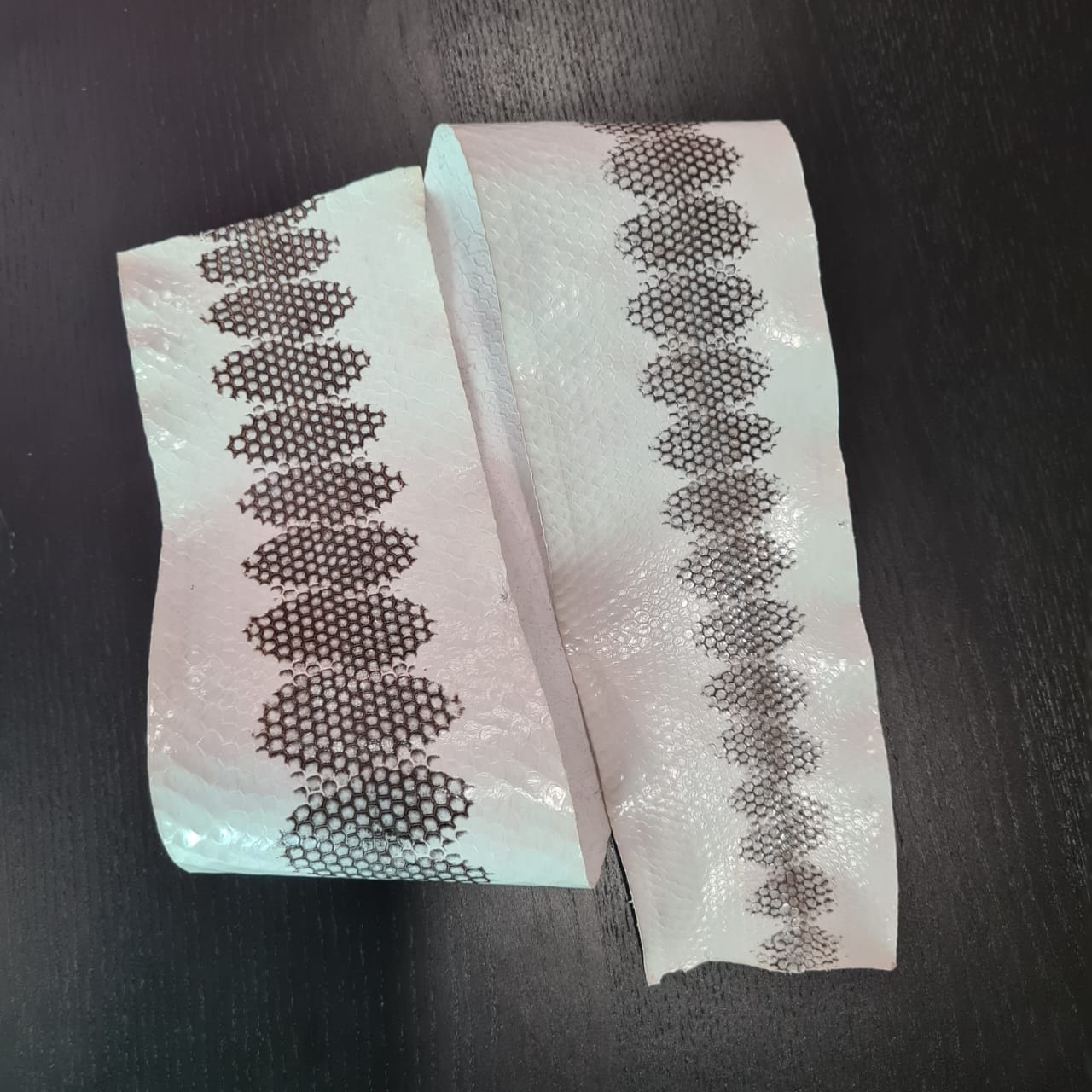Exotic Leather Care
Are you considering treating yourself with an exotic leather piece? When shopping for exotic leather, there are some key things you should know. You want to make sure that your purchase is worth its price tag and will last for years to come.
What is exotic leather?
Let’s first consider what makes exotic leather different from standard products. Exotic leather is not made from cattle hide. It’s typically used as a luxury option for those interested in fashion. Exotic leather is used for handbags, belts, shoes, clothing, furniture and much more.
Types of exotic skins range from alligators to crocodiles to ostriches to lizards, pythons and sharks. Each type of leather is different in its durability, flexibility, price and appearance. Before purchasing an exotic leather, find out which type of skin you’re looking for.
Making an investment
If you’re buying a genuine piece of exotic leather—whether it’s a purse, a pair of boots or an accessory—you’re making a real investment. With the proper care and storage, these pieces retain their value. After all, a well-crafted exotic leather piece is a work of art. Make sure that you treat it right.
Exotic leather requires unusual care
If you buy a luxury item, you’re going to need to do a bit more than usual to preserve it. Though crocodile and python skins are sturdy and resilient, they can also be quite delicate. Their scales may separate over time.
You’ll need to follow the instructions given to clean these pieces the right way. For example, you want to clean in the direction of the scales, not against them. You’ll also want to keep these pieces away from sharp objects that could tear them. Exotic leather pieces shouldn’t be exposed to direct sunlight for long periods of time. They should also be spared from being kept in moist or humid conditions.
Storing exotic leather
Heat, humidity and contact with direct sunlight are all capable of damaging your exotic leather. That’s why you need to take extra care when it comes to leather storage. Stuff your leather bags with plain, acid-free paper. This will preserve their shape. Keep exotic leather goods in a dust bag when not being used to avoid any scratches and general wear and tear. You also want to keep these products in a climate-controlled environment. Never store them in a garage or shed.

“Types of exotic skins range from alligators to crocodiles to ostriches to lizards, pythons and sharks. Each type of leather is different in its durability, flexibility, price and appearance. “
